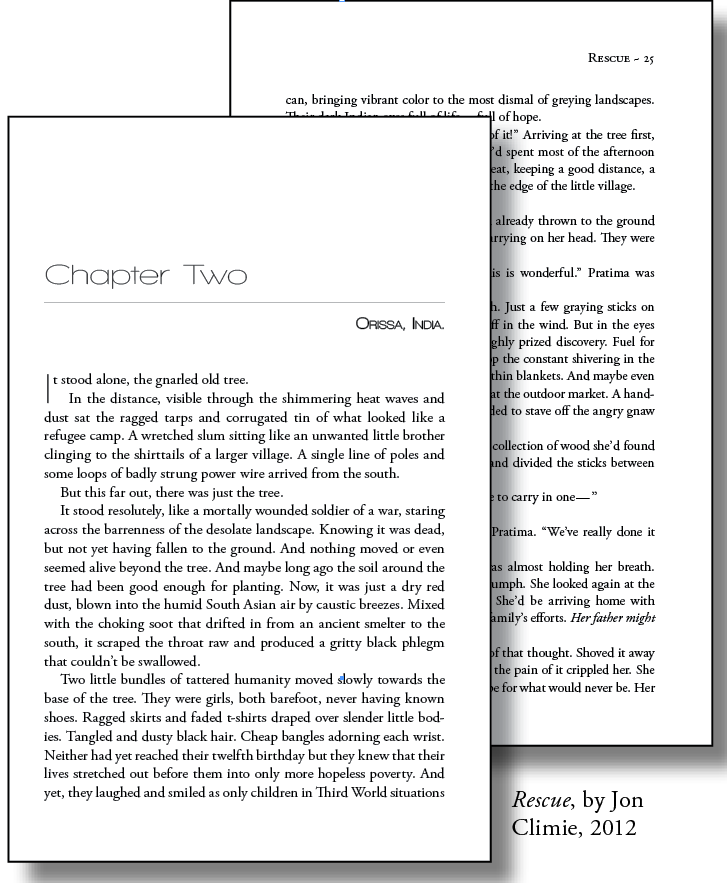Editorial Policies
Peer Review Process
Papers submitted to Emerging Health Threats Journal are subject to rigorous peer review so as to ensure that the research published is ‘good science’.
Manuscripts are sent out for review electronically, and all correspondence takes place via e-mail. Although the peer review process is accelerated by the use of electronic communication, traditional, high-quality peer-review standards are applied to all manuscripts submitted to the journal.
When submitting an article, authors are invited to suggest two or three possible reviewers who should be experts in their field of study and the subject matter of the article. Authors should not suggest anyone who has published with any of the co-authors within the last five years or anyone who works at the co-authors’ institutions. Minimum information to be given for the suggested reviewers is first name, last name, affiliation and email address. The Editors may or may not make use of the suggested reviewers.

Papers are sent to at least two independent referees.
Emerging Health Threats Journal has a ‘double blind’ review process: Authors are not told who reviewed their paper, and reviewers are not told who wrote the paper. Peer reviewers are informed of the identity of the authors immediately after the manuscript is either accepted or rejected. The referees’ identity remains unknown to the authors although it is up to the referee if he/she wants to contact the author at a later stage and reveal his/her identity.
Peer reviewers are asked to give their opinion on a number of issues pertinent to the scientific and formal aspects of a paper, and to judge the papers on grounds of originality and urgency. All relevant information will be forwarded to the author(s).
Peer reviewers will have six possible options, for each article:
1. Accept manuscript (i.e. no need for any revision)
2. Accept after revision (i.e. accepted if the author makes the requested revisions)
3. Revise and resubmit (i.e. accepted or rejected after revisions have been made – paper will be sent out for another peer review round)
4. Submit elsewhere (i.e. if the manuscript is better suited for another journal)
5. Reject manuscript (i.e. if the manuscript is substandard)
6. See comments (i.e. if the reviewer cannot choose from any of the above)